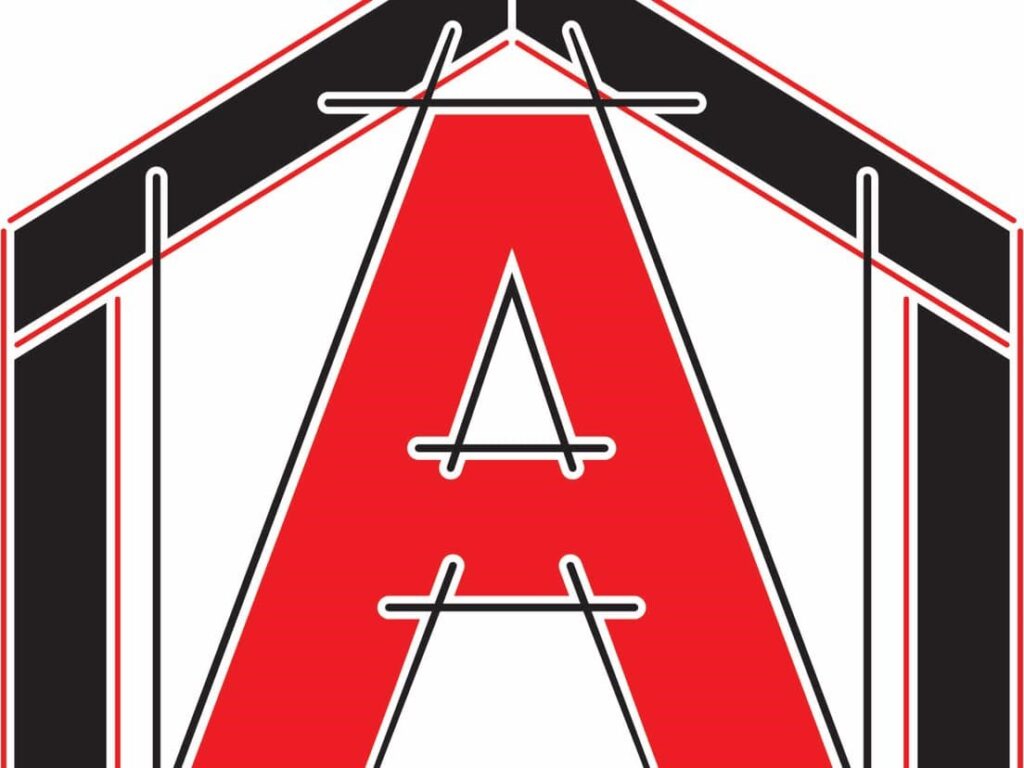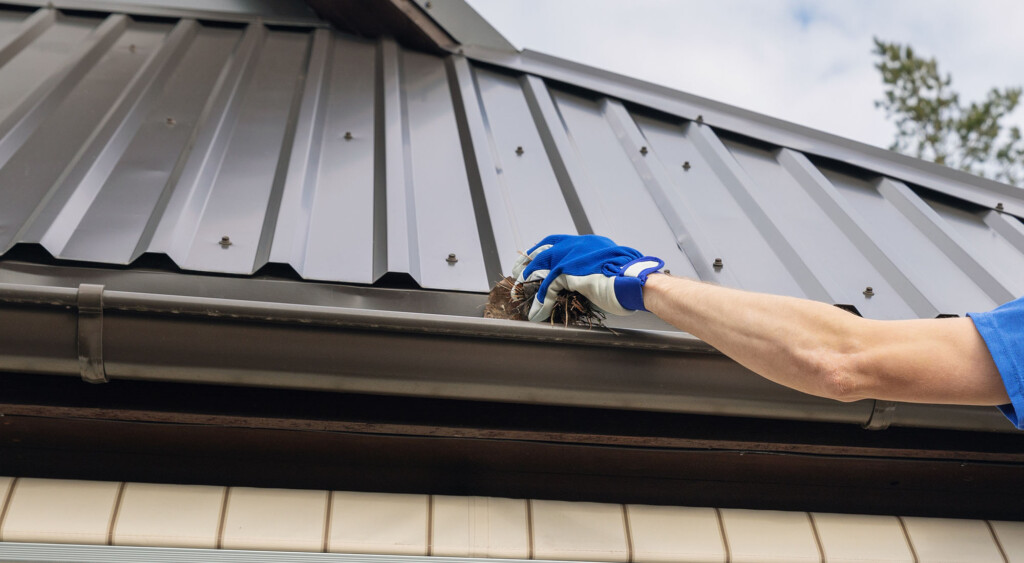When considering a roof replacement, homeowners often focus on aesthetics, durability, and cost. However, there’s another important factor that can make a significant difference over time—energy efficiency. One roofing option that offers substantial savings on energy bills is metal roofing. In this article, we explore how metal roofs can help reduce energy consumption and lower monthly expenses.
Energy Efficiency: How Metal Roofs Work
Metal roofing has gained popularity over the years due to its superior durability and performance. But it’s not just about longevity—metal roofs have a unique ability to regulate temperature within your home, which directly impacts your energy bills.
Unlike traditional roofing materials, metal reflects a significant portion of the sun’s heat, reducing the need for air conditioning during the hot summer months. The reflective properties of metal roofs prevent heat absorption, keeping your home cooler and your HVAC system from overworking.
Reflectivity: The Key to Lowering Cooling Costs
Reflectivity is one of the primary ways that metal roofs help homeowners save on energy. Many metal roofs are coated with reflective materials that bounce back sunlight instead of absorbing it, unlike asphalt shingles that tend to trap heat. During the summer, this reduces the amount of heat that enters your home, decreasing your cooling load. The less energy your air conditioner needs to consume, the lower your energy bill will be.
This quality is especially beneficial for homes in warm climates where cooling costs can significantly increase during the summer months. Choosing a metal roof with high reflectivity could lead to a noticeable reduction in your monthly utility bills.
Insulation: A Double Benefit for Heating and Cooling
In addition to reflectivity, metal roofs offer excellent insulation properties. Proper insulation helps keep your home warmer during the colder months and cooler during the summer. This is crucial because many traditional roofs don’t offer the same level of thermal resistance, making it harder to maintain a comfortable indoor temperature year-round.
Some metal roofing systems include additional insulation layers that further enhance the roof’s performance. These roofs prevent heat loss in the winter and prevent heat from entering during the summer, resulting in a more consistent temperature inside your home. The combination of reflective surfaces and high-quality insulation can have a direct impact on your overall energy usage, leading to reduced heating and cooling costs.
Longevity and Durability: Investing in Long-Term Savings
While metal roofs may come with a higher upfront cost than traditional roofing materials, their durability ensures long-term savings. Metal roofs can last 50 years or more, whereas asphalt shingles typically last around 20 years. Over time, a metal roof pays for itself by eliminating the need for frequent repairs and replacements.
Additionally, metal roofs are resistant to common issues like cracking, warping, and curling, which can negatively impact the energy efficiency of other roofing materials. With fewer repairs and replacements required, a metal roof provides value beyond energy savings, making it a smart investment for homeowners looking to save on both long-term and short-term expenses.
Energy Tax Credits and Incentives
In many regions, homeowners who choose energy-efficient roofing systems may be eligible for tax credits and incentives. These incentives encourage the use of materials that lower energy consumption and improve overall sustainability. Depending on your location, choosing a metal roof could lead to additional savings through government programs, making it an even more appealing option for homeowners looking to lower both their energy bills and their environmental impact.
What to Look for in a Metal Roof for Maximum Savings
Not all metal roofs are created equal when it comes to energy savings. To maximize the energy efficiency of your roofing system, consider the following factors:
- Reflective Coatings: Opt for a roof that has a reflective coating designed to reduce heat absorption.
- Proper Insulation: Ensure that your metal roof includes proper insulation to enhance thermal resistance.
- Light Colors: Lighter metal roof colors reflect more sunlight and can further reduce cooling costs.
- High-Quality Materials: Look for high-quality metals like aluminum or steel, which are both durable and effective at energy regulation.
The Long-Term Impact of Metal Roofing on Energy Bills
The initial investment in a metal roof may seem daunting, but the long-term savings on energy bills can make it worthwhile. Over time, the reduction in cooling and heating costs can add up significantly. In fact, some homeowners report saving as much as 25% on their energy bills after installing a metal roof, particularly in warmer climates where cooling expenses tend to be higher.
Final Words
When it comes to energy savings, metal roofing MS offers undeniable advantages. Its combination of reflective properties, insulation capabilities, and long lifespan make it an attractive option for homeowners looking to reduce their energy bills. The initial cost may be higher, but the savings on energy bills, coupled with the longevity of the material, make it a wise investment in the long run. If you’re interested in learning more about how a metal roof can save you money on your energy bills, feel free to reach out and explore your options.

